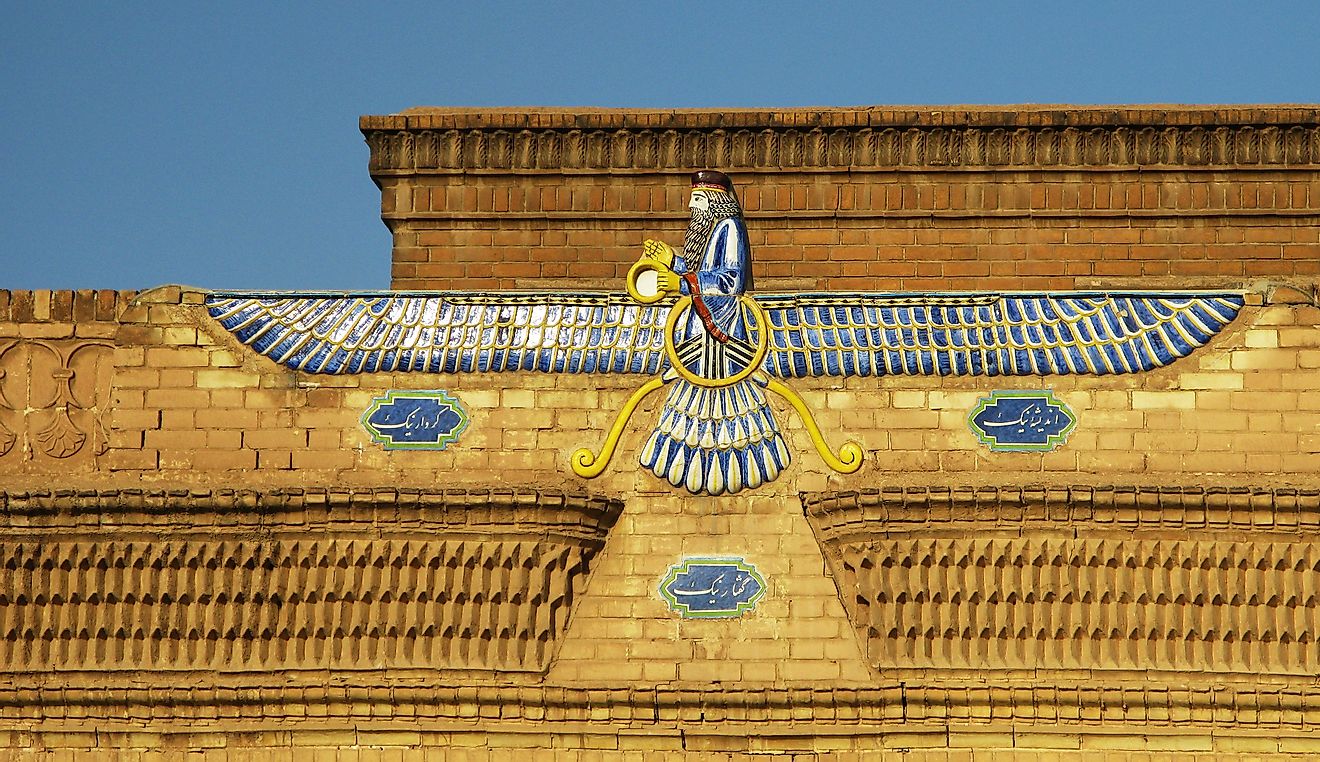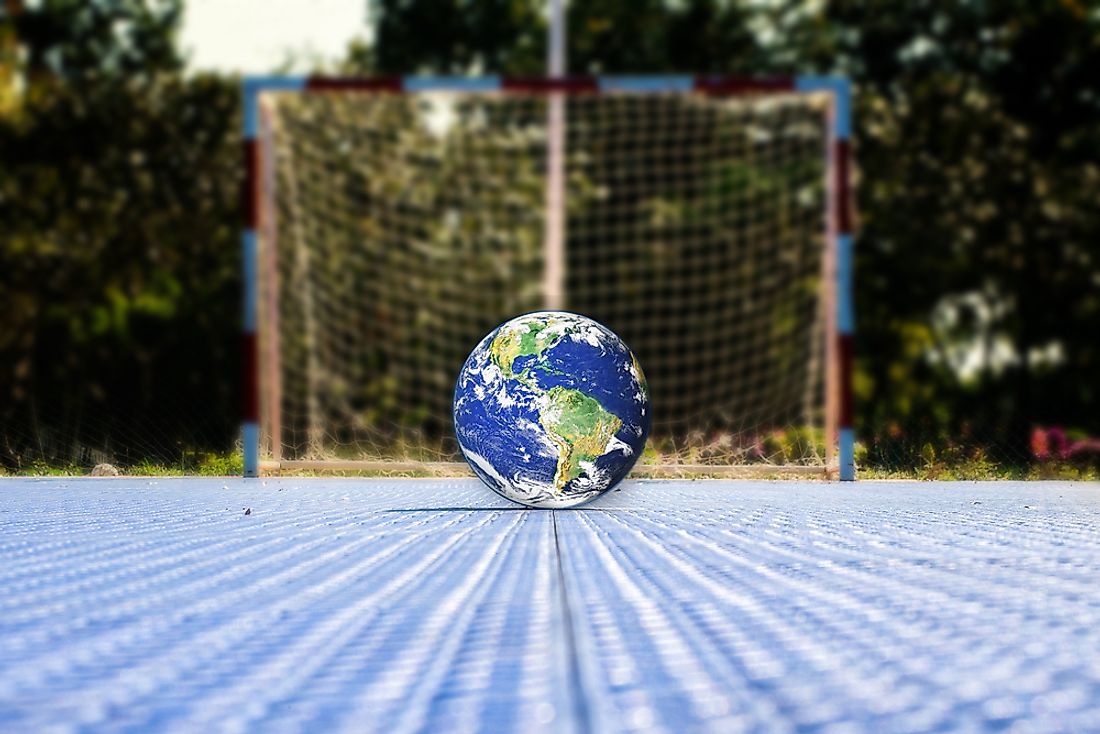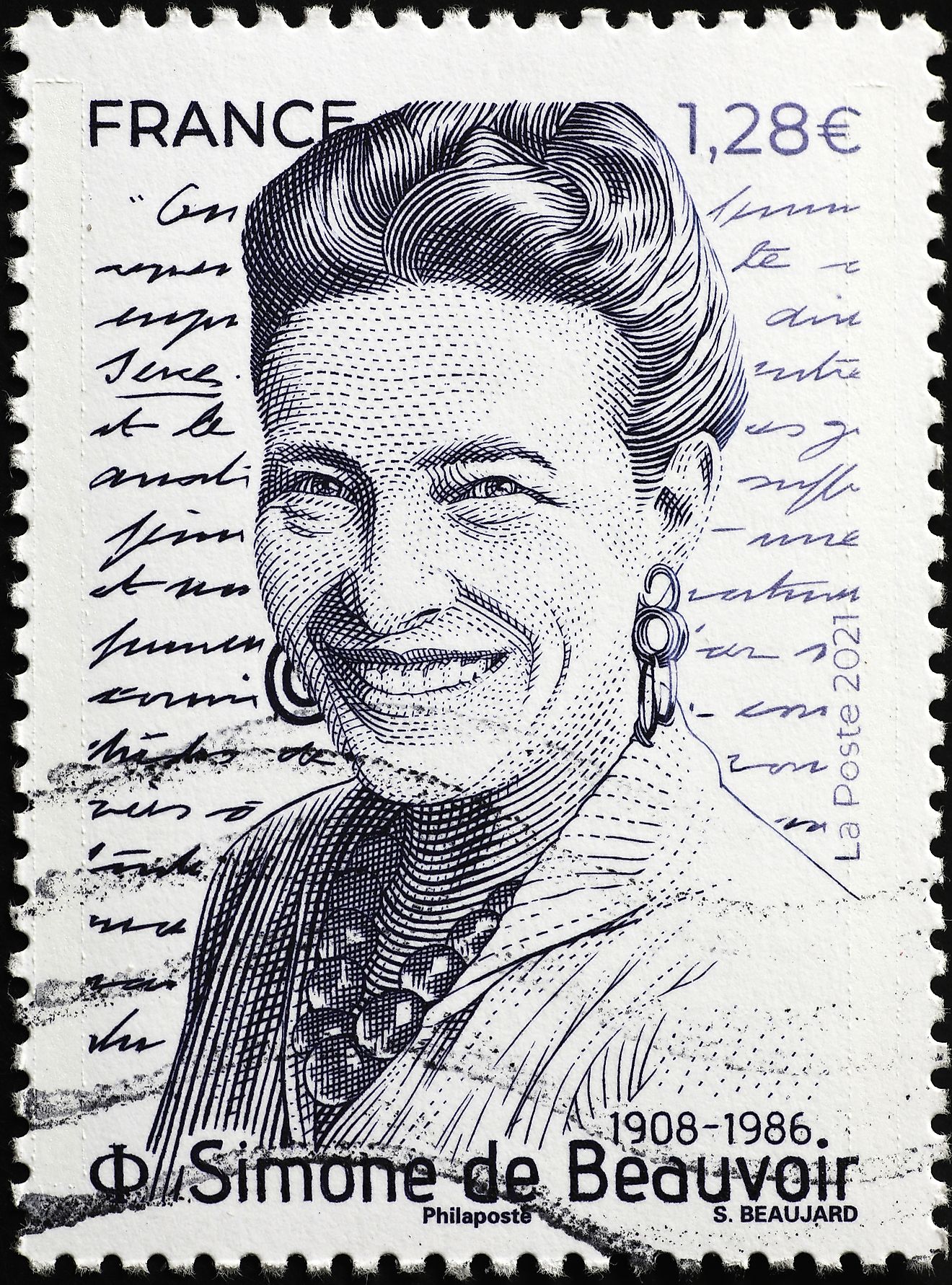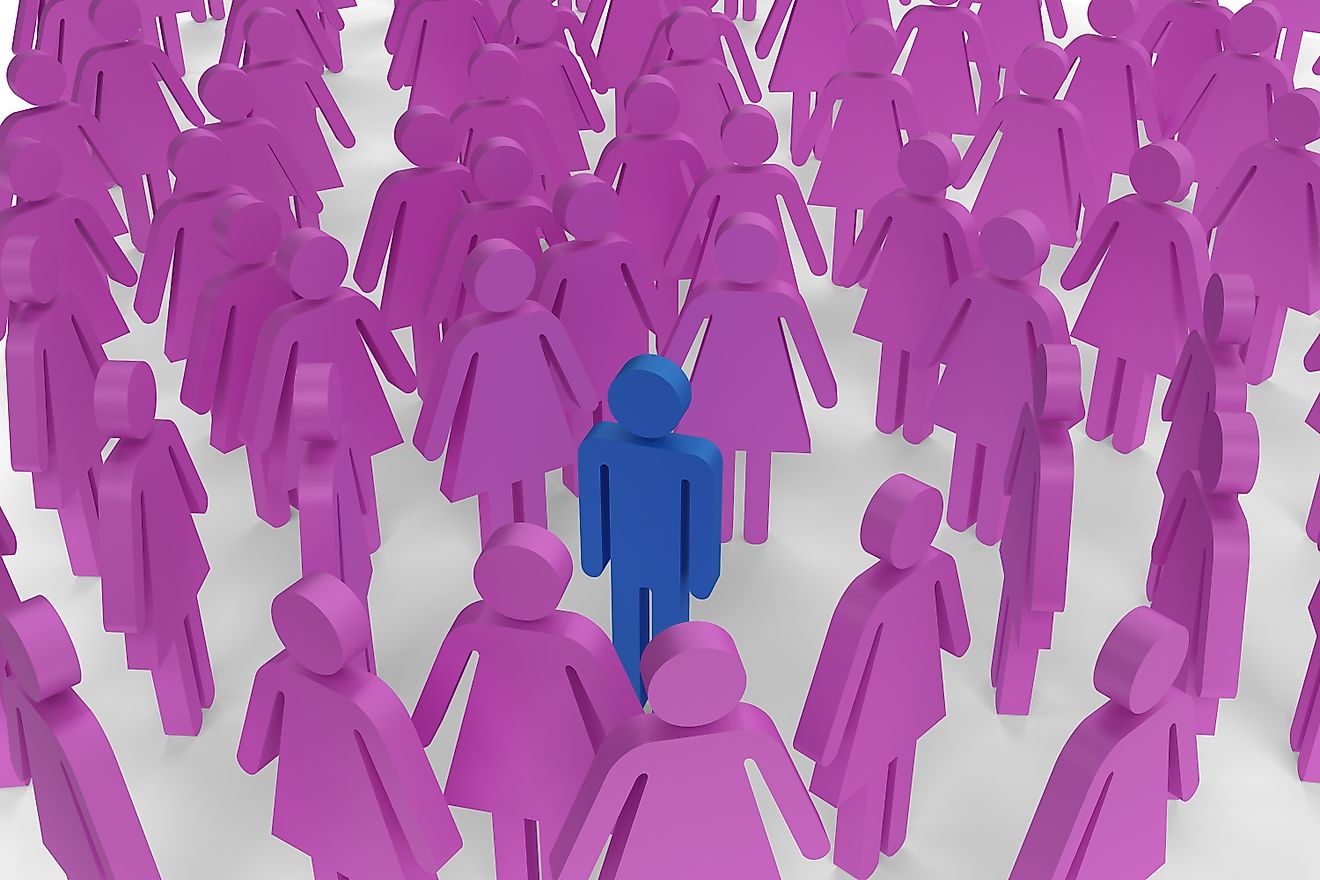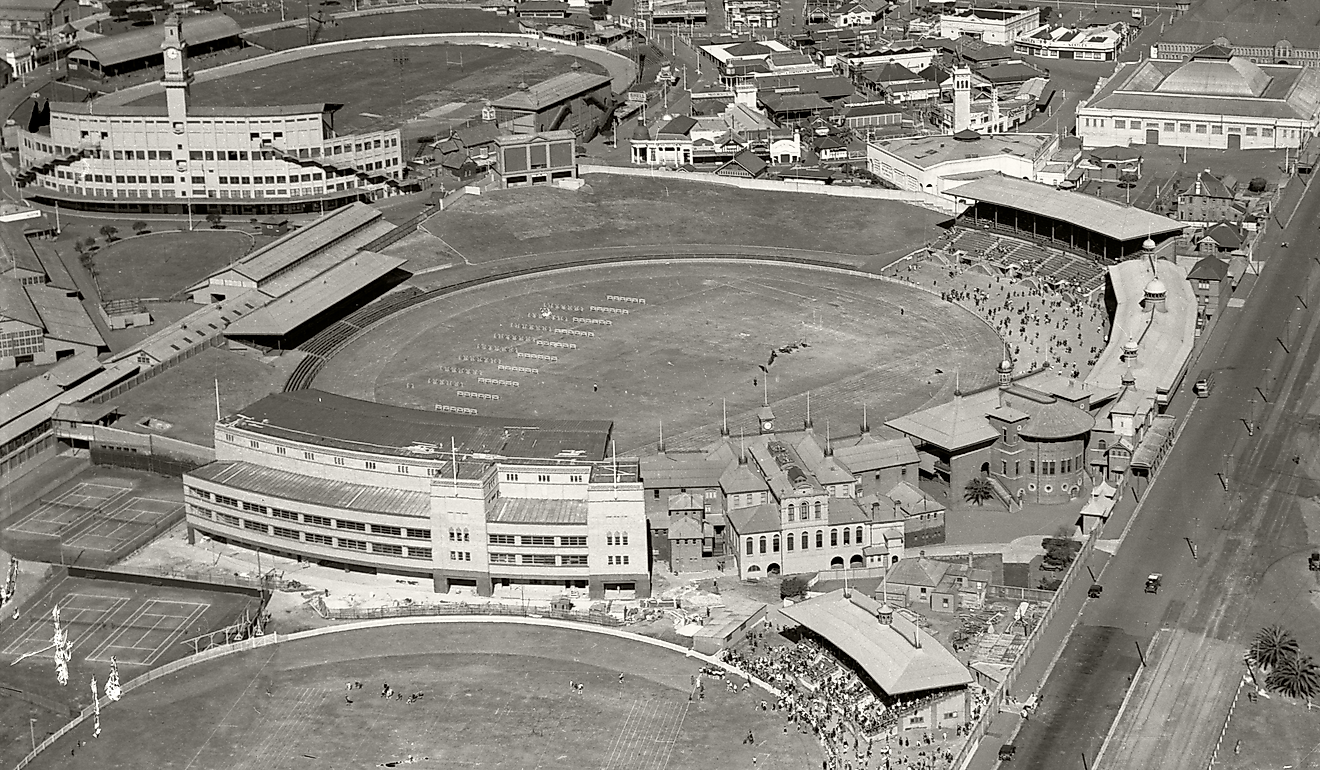What Languages Are Spoken In Slovenia?
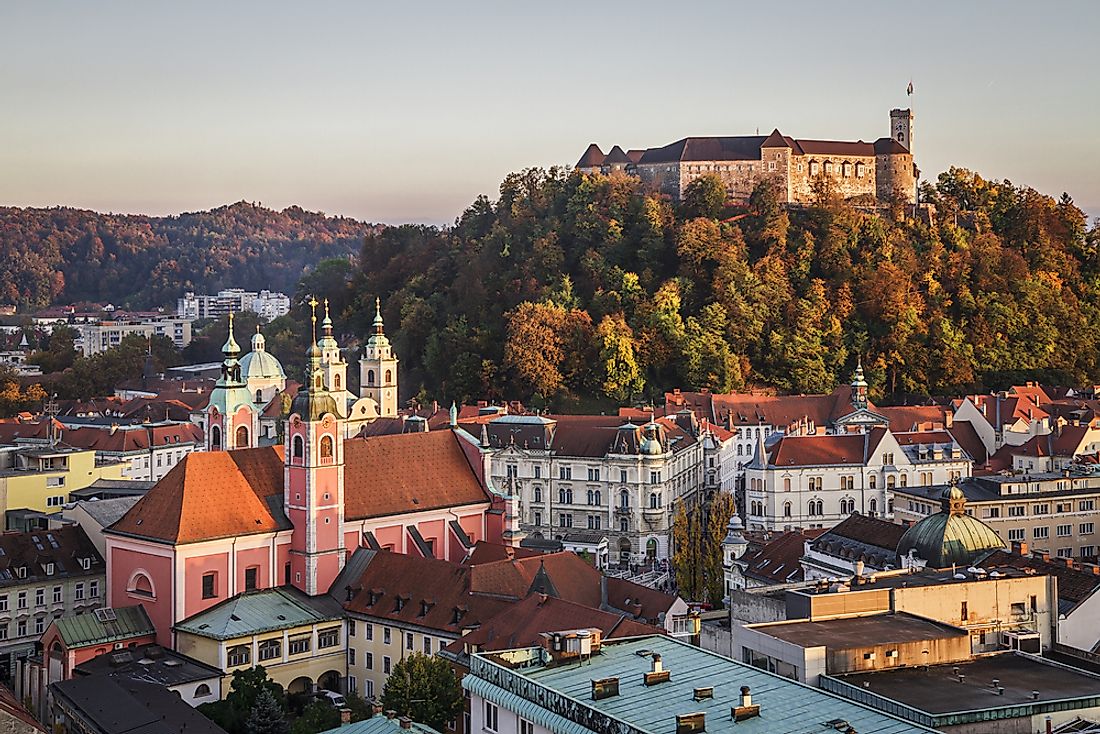
Slovenian is recognized as Slovenia's official and national language. Throughout history, Slovenia has served as a meeting hub of the Uralic, Slavic, Romance, and Germanic cultural and linguistic regions making it the most complex meeting place of Europe's languages. Slovenia recognizes Italian and Hungarian as co-official languages. A host of foreign and immigrant languages also have a presence in Slovenia.
Slovene: The Official Language Of Slovenia
Slovene falls under the South Slavic language group of the Indo-European family. It is the first language for an estimated 2.1 million Slovenian people. Slovenia's law stipulates that the language is to be used in legislation and communication by local and national authorities. Also, printed and broadcast media should be in Slovene, and if it is in another language, it must be appropriately translated, subtitled, or dubbed. Slovene is used as a medium of instruction for students from primary to tertiary institutions. Slovene was adopted by the EU as the official language after Slovenia became part of the EU on May 1, 2004. Slovene is verbalized in several dialects which are grouped into eight categories. The dialects have such significant differences that speakers may not comprehend other dialects. The only Slovene dialect that is recognized as the official language is the Prekmurje Slovene dialect used in the Prekmurje region.
Minority Languages Of Slovenia
Italian language in Slovenia is recognized as the first language of the protected Italian minority. It is also a co-official language in the Slovenian Istria region in southwest Slovenia at the country’s border with Italy. Public usage of Italian is provided for in the minority protection laws. Member of the Italian minority can choose to receive primary and secondary instruction in Italian. Hungarian is recognized as the first language of the protected Hungarian minority residing in the Prekmurje region close to the Slovenian-Hungarian border. The language is co-official with Slovene in a total of 30 settlements situated in 5 municipalities.
Immigrant Languages Spoken In Slovenia
A significant population of Slovenia’s residents uses a variety of Serbian and Croatian as their mother tongue. These people are majorly immigrants who settled in Slovenia from other ex-Yugoslav republics beginning in the 1960s to the late 1980s. In 2002 0.2% of Slovenia's inhabitants declared themselves indigenous speakers of Macedonian and 0.4% as indigenous speakers of Albanian. The residents of paunoviči, Milici, Marindol, and Bojanci use the Eastern Herzegovinian dialect which has been influenced by Slovene. The Roma community in Slovenia uses Romani. After the World War II, most German-speaking people left Slovenia, and only 1628 people declared German as their first language in the 2002 census. The exact number of German-speaking residents in Slovenia is unknown. The number of Gottscheerish-speaking residents of Slovenia is also not known.
Foreign Languages Spoken In Slovenia
English has been adopted by Slovenia as the first foreign language in schools followed by German. The EU has identified Slovenia as having the highest competence in the German language among non-Germanic nations with only Denmark, the Netherlands, and Luxembourg having higher competence than Slovenia. Hungarian, Spanish, Italian, and French are also taught as foreign languages. While older generations speak Croatian with a degree of fluency, younger generations speak and understand both Croatian and English. Italian is more famous in the Littoral region while German is mostly heard in the Styria region.


